
Overview Who Needs This? Excerpts Order Book Pictures Chapters
Answers Reviews Destinations Free Stuff More Contact Us
Death Valley RV Camping
Death Valley RV Camping covers trips here in a motorhome or camper including camping, hiking, trails. Death Valley RV Camping has nine campgrounds with varying seasons and facilities. The National Park Service campgrounds do not provide hookups for recreational vehicles. RV hookups are only available at the concession-run Stovepipe Wells RV Park and the privately owned Panamint Springs resort.
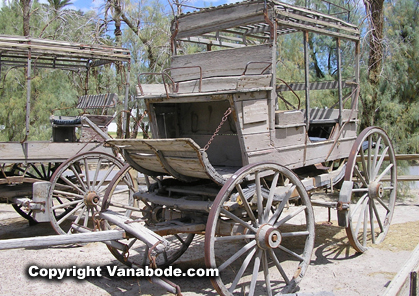
Due to the extreme heat during the long summer, campgrounds in the low elevations close except the Furnace Creek Campground.
Several higher elevation campgrounds and camping areas in the mountains stay open year round. Campgrounds that are open all year are Furnace Creek, Mesquite Spring, Wildrose, and for tent camping only there is the Emigrant campground.
Reservations for the Furnace Creek Campground can be made online or by telephone.
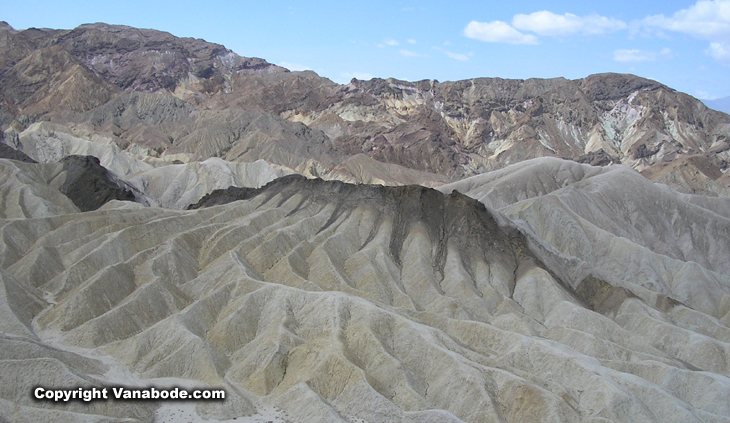
Above: Picture of clay and mudstone Badlands. This can be seen on the Zabriskie Point hike.
Furnace Creek is the main hub in Death Valley National Park with the visitor center and lodging at the Furnace Creek Ranch and Furnace Creek Inn. It was originally built as a working ranch in the 1880s and today it is a complete resort in the middle of the desert. There is a general store and gift shop, three restaurants and a saloon, a sandwich shop, fuel, propane, ATM, post office, showers, natural spring-fed swimming pool, the world's lowest golf course, tennis courts, picnic tables, a paved airstrip, dump station, and the Borax Museum. At Stovepipe Wells Village, Panamint Springs, and in the towns adjacent to the park there are motels, camper stores, restaurants, dump stations, fuel and auto services available. If you are interested in so-called ghost towns then you should visit Goldfield Nevada.
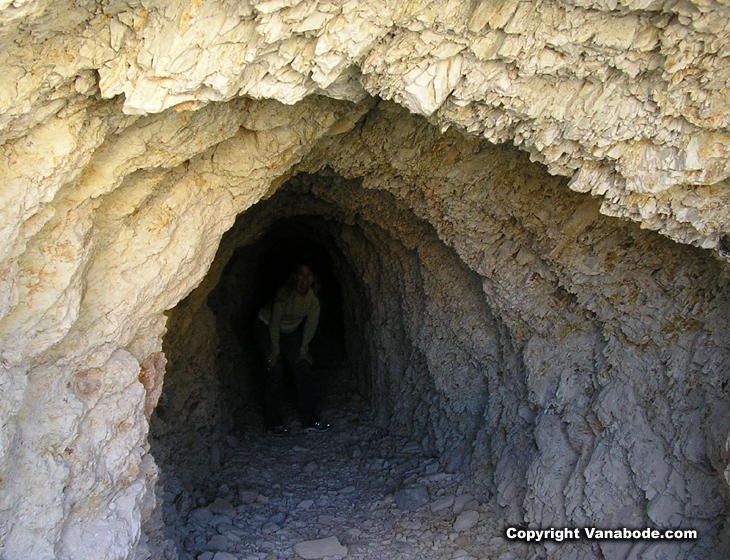
Above: Picture of mine entrance in Death Valley. You run across so many of these openings while on different hikes through the park.
Death Valley National Park is open year round. Peak visitor season is through the winter and spring months. The weather is generally sunny, clear, and dry throughout the year. From November through March the temperatures are mild but there is an occasional winter storm. Summers are extremely hot and dry with temperatures commonly above 120 degrees Fahrenheit. In mid October the temperature begins to drop below 100 degrees Fahrenheit and about the middle of April the temperature starts getting above 100 degrees. No matter what time of the year you visit sun protection is a must.
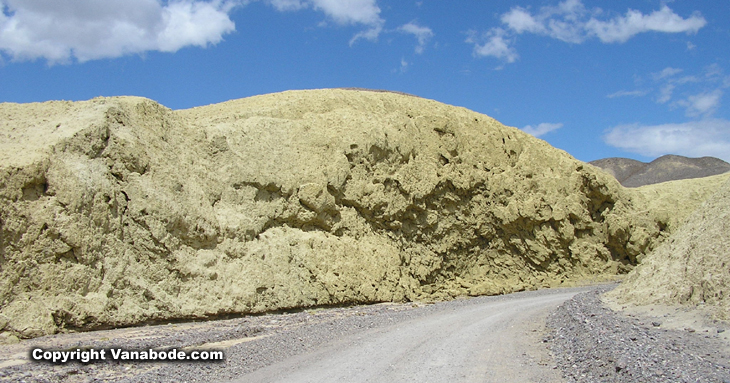
Above: Picture of Mustard Canyon. This short drive puts you in the middle of a wash with surrounding mustard colored hills.
The Borax Museum at Furnace Creek Visitor Center tells the story of the twenty-mule teams and the valley's history. Outside behind the museum in a fenced in area you can walk around farming, mining, machinery, and railroad displays. These rusting remains are over 120 years old. All over Death Valley there are mining tunnels. Some tunnels are right off the road that you can just walk to. There are four distinct ecological zones each determined by climate and elevation within Death Valley. Mustard Canyon is 1.7 mile one-way dirt road surrounded by deep yellow colored canyon walls.
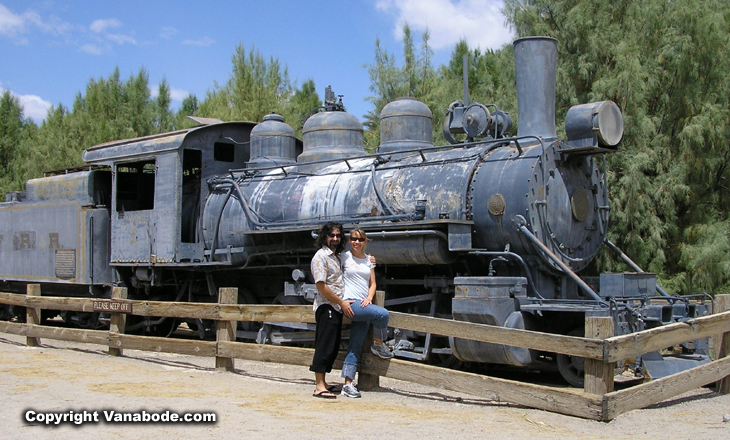
Above: Picture taken at the Furnace Creek Ranch museum. This locomotive is from the train that hauled borax 20 miles from Ryan, California to Death Valley from 1914 to 1928.
Bicycles can be used in parking areas and on all park roads that are open to public vehicular traffic. They can also be used on routes that have been designated for bicycle use in developed areas such as the path between the visitor center and the Harmony Borax Works. Death Valley has more than 785 miles of roads including hundreds of miles suitable for mountain biking. Bikes are not allowed on closed roads, service roads, off of roadways, or on any trails. Some of the funnest mountain biking we have done was in the Black Mountains of South Dakota.
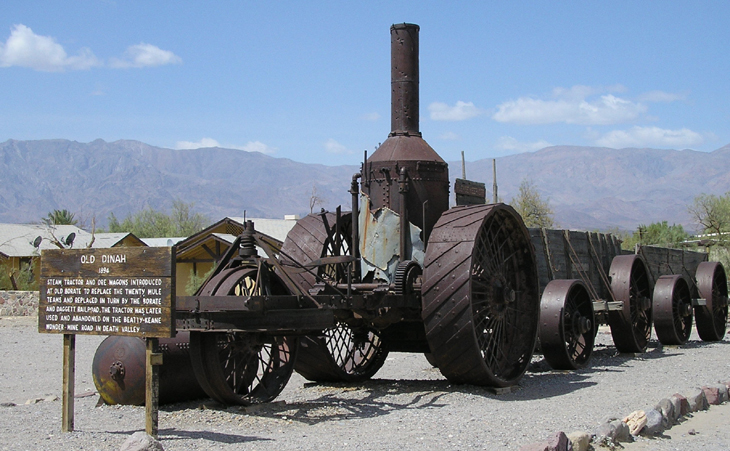
Above: Picture of the steam tractor named Old Dinah. It was used in the late 1800s to haul Borax from Death Valley to the nearest railroad spur. This is at the indoor/outdoor museum at Furnace Creek Ranch.
Jason's thoughts - Pay attention to the notes above about biking. Most people want to BIKE the prettiest parts of the park but the only way to do that is to go on a TRAIL and bikes are not permitted. Furnace creek is the only place I have ever been that had a real GIANT normal looking swimming pool but was completely free of chlorine. It is actually spring fed with fresh water and filtered right out again and back into the water table. Gorgeous. Dry campers like us can swim then shower for $5 with a shower pass purchased up front. Sweet.
Kelly's thoughts - Thank goodness for Furnace Creek Ranch. What a haven after the wind storm at the Sand Dunes and the 54 mile washboard drive to and from The Racetrack.
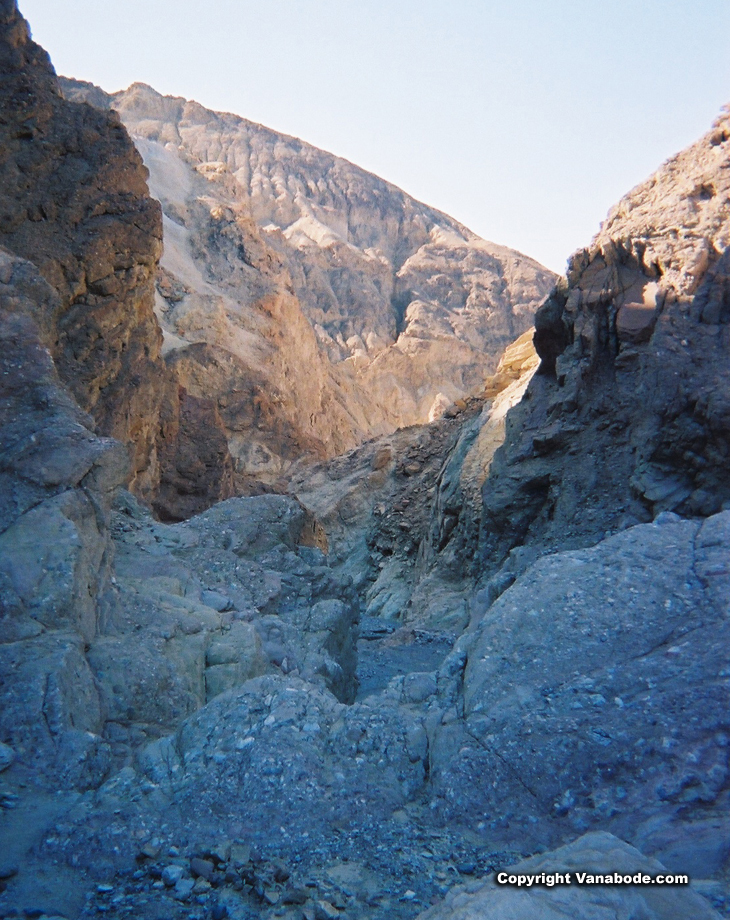
Above: Picture of canyon walls on the Red Cathedral hike. Travel Info - Located about 200 miles NE of Los Angeles and 120 miles northwest of Las Vegas. Click for more information on the Sand Dunes, Zabriskie Point, and Salt Creek or backcountry camping, driving, and hiking. For info on Scotty's Castle. Click to see wildflowers of Death Valley.
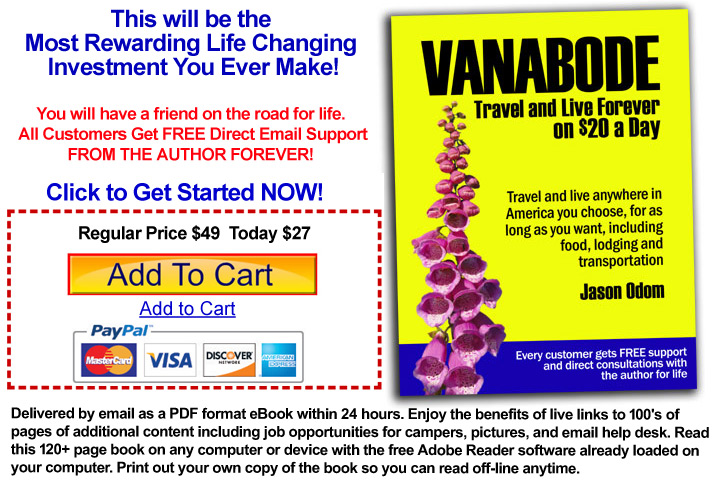

Home
Contact Us Copyright
© 2007-2016 Free
Guide They Hate Me
Privacy
Policy Terms
and Conditions Media
Press Affiliate